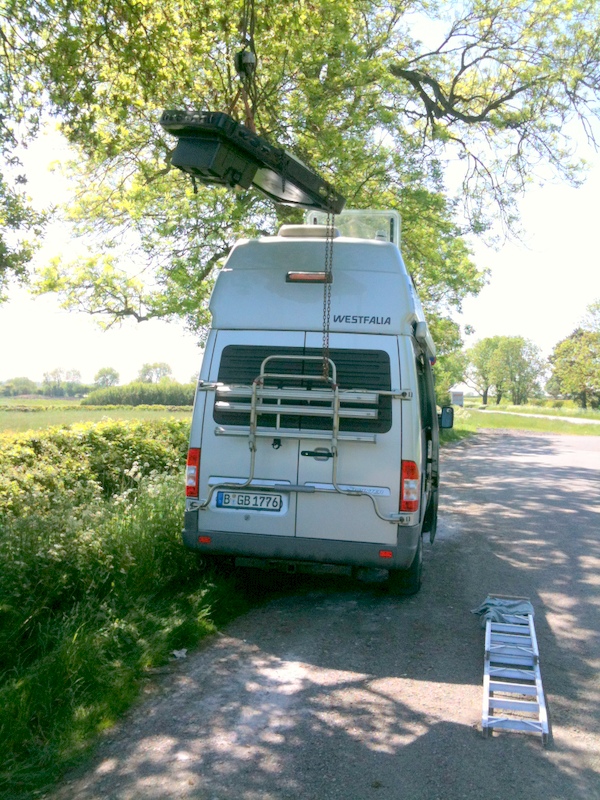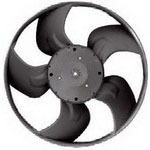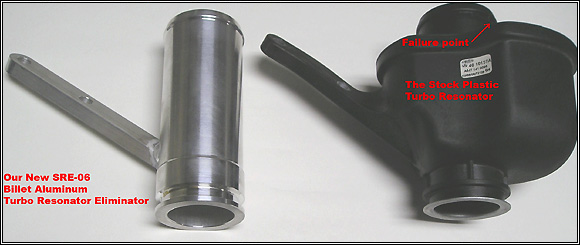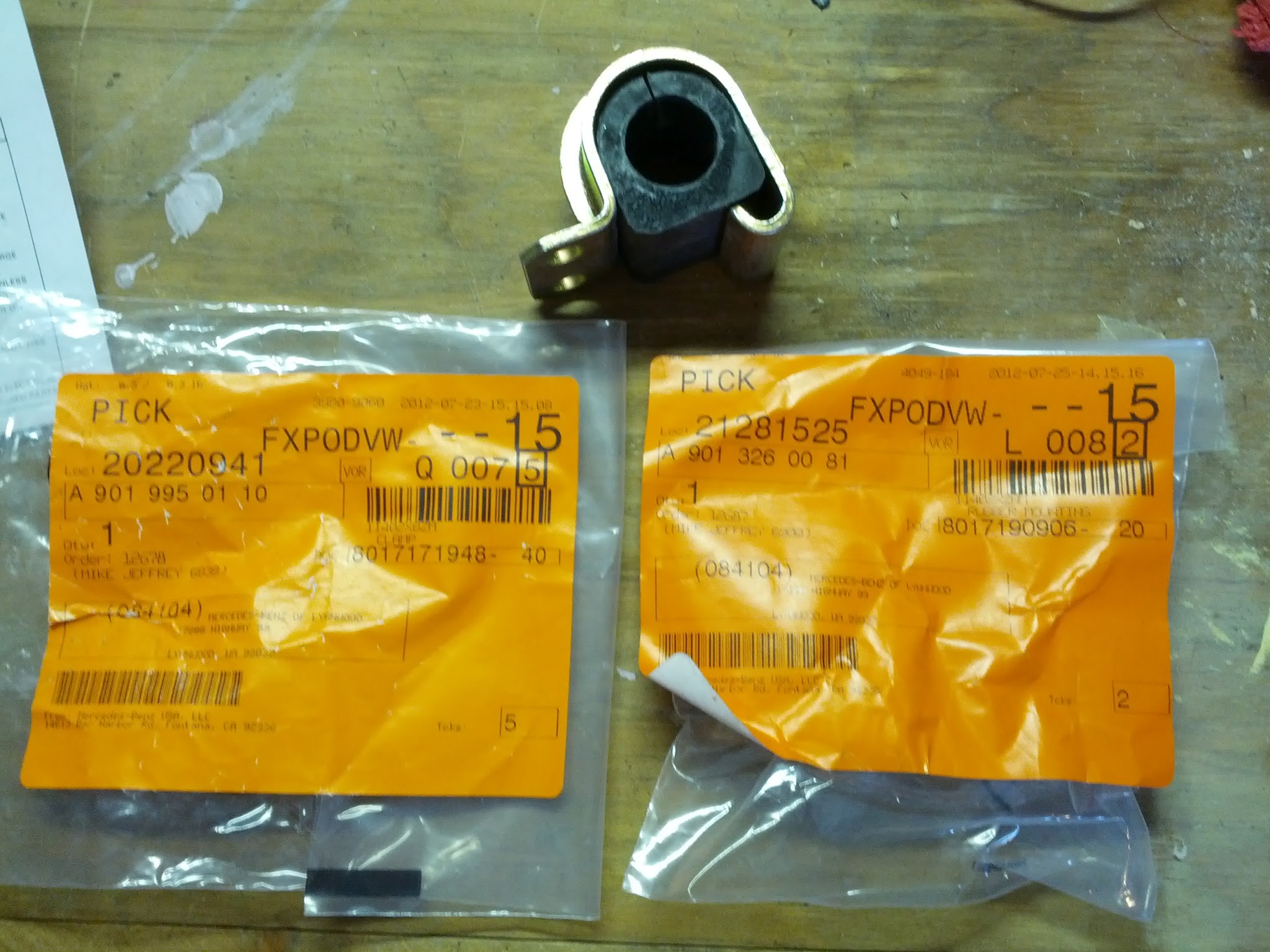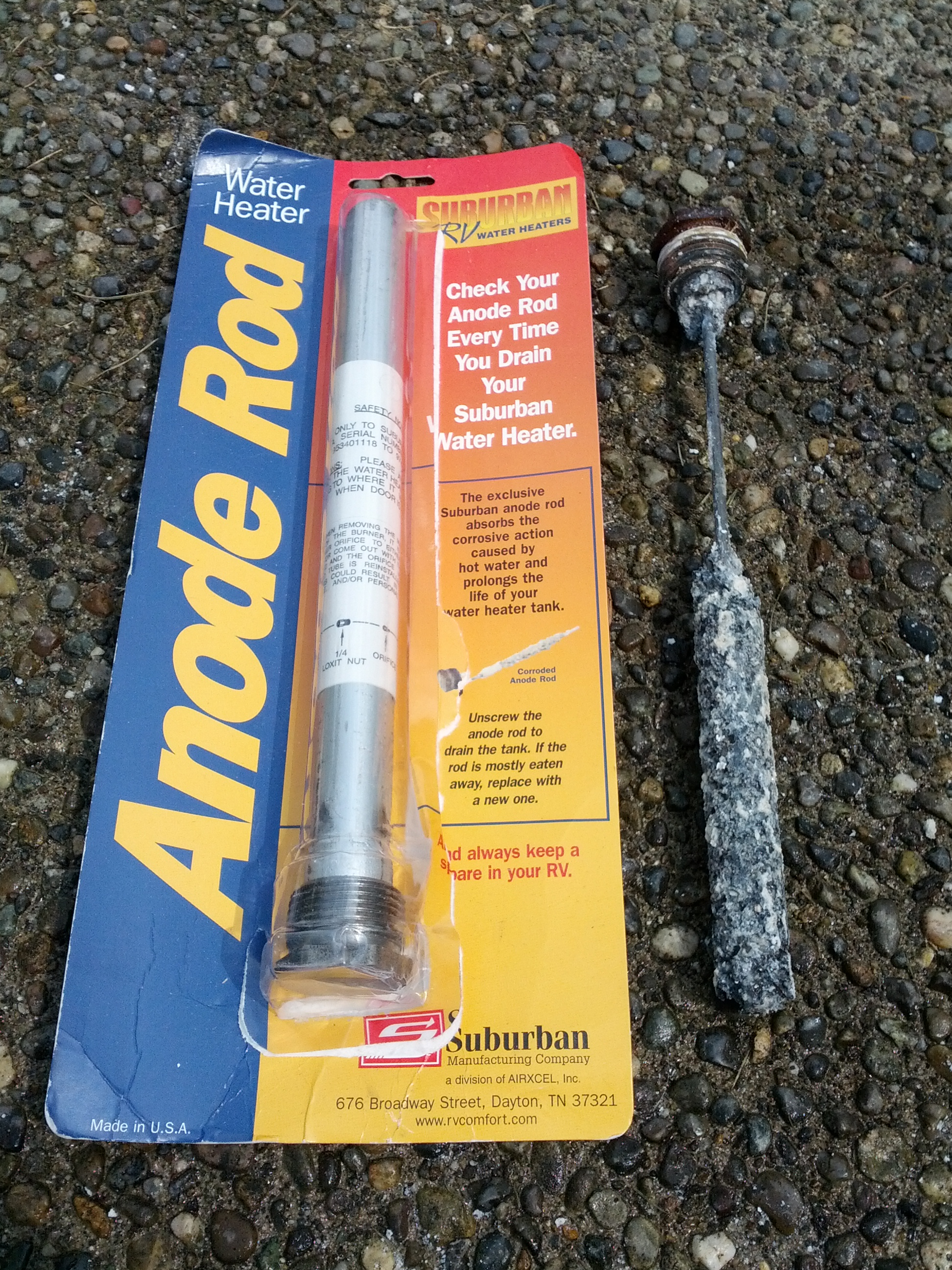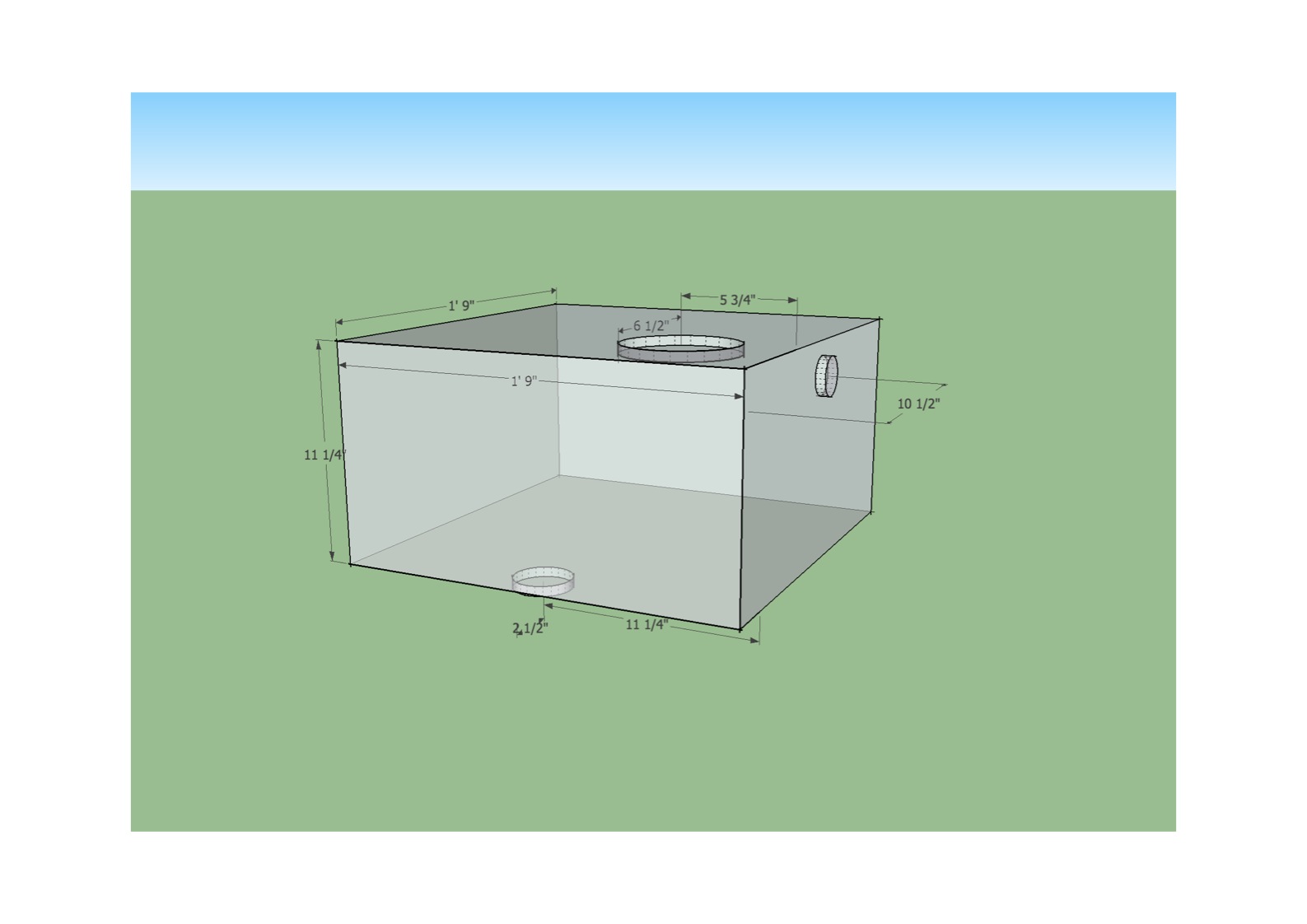How to find a Sprinter Westfalia for sale
The most common question I get through this site is: how do I find a Sprinter Westfalia for sale? Having sold my own, I no longer actively seek out ones for sale to list on this site, so here’s where I generally point people to look:
- The sprinter_westfalia Yahoo group. This is a very active, very knowledgeable and friendly group of owners, and probably includes a good percentage of current Westy owners. Vans come up for sale on the list periodically.
- The Airstream Westfalia forum on sprinter-source.com. Another active site with Westy owners. You could also check the for sale forum on the same site.
- A craigslist aggregator like SearchTempest.com. These sites let you check multiple craigslist sites from a single search – configure your search for the entire US and set an alert if you can.
- I’ve seen a few vans come up on EBay. They seem to command higher prices, but don’t always sell through the site.
Do you have any other suggestions for places to look? Let me know in the comments.
Are you selling your van? Post it in the locations above, and feel free to send me the info if you’d like it posted on this site.

